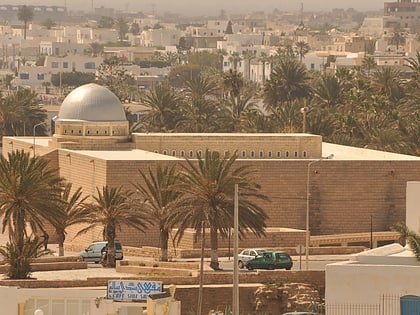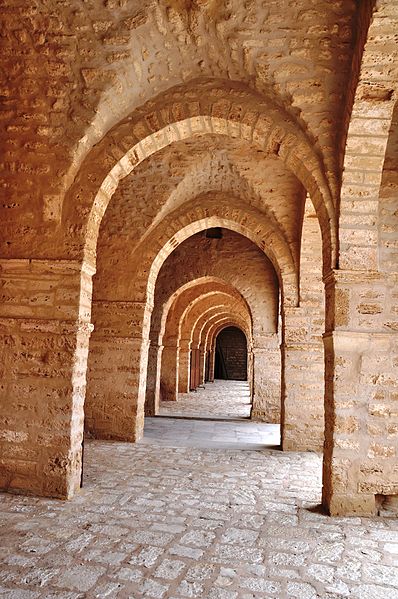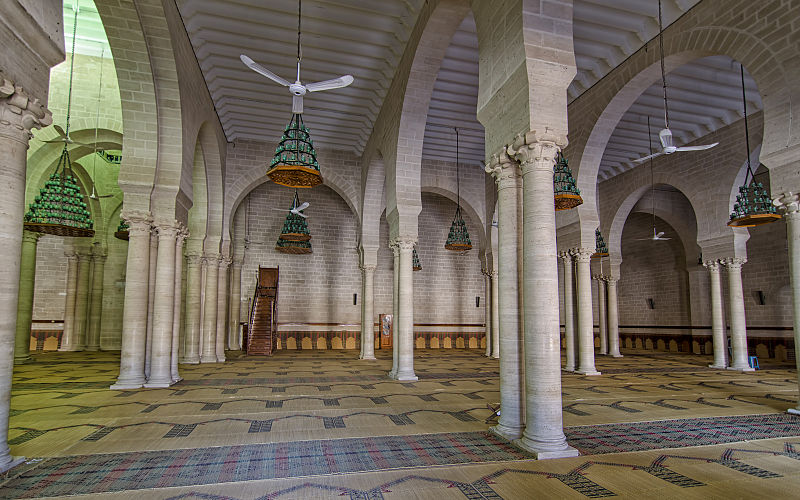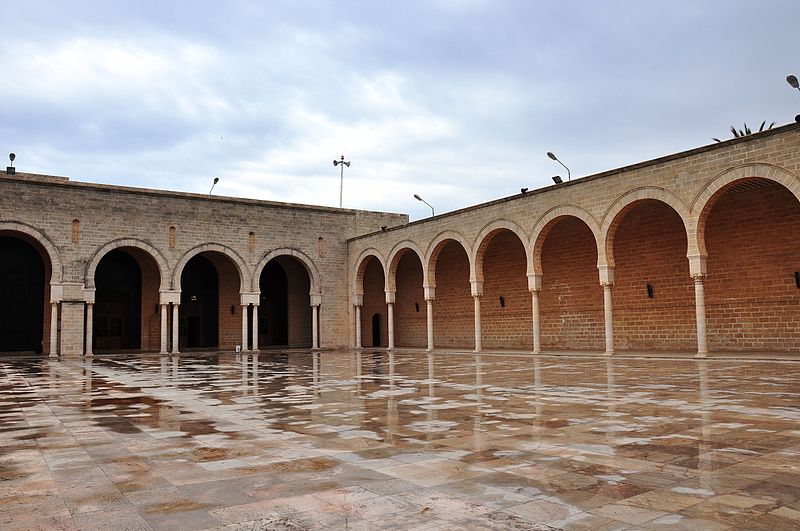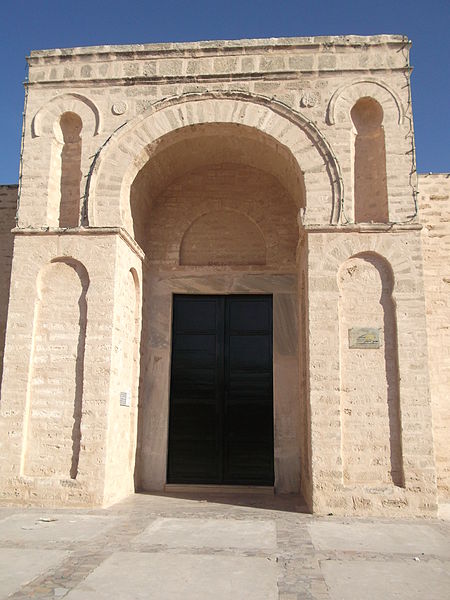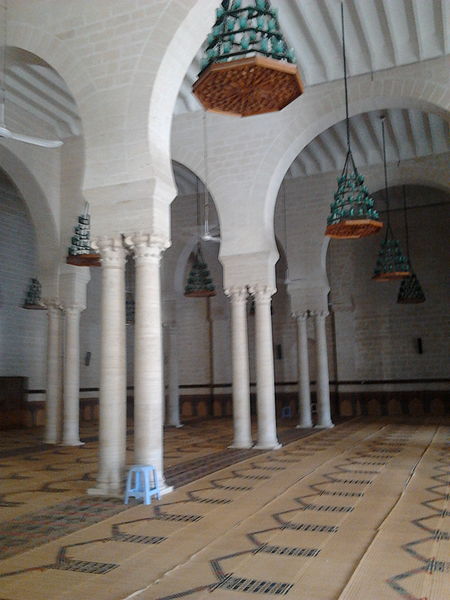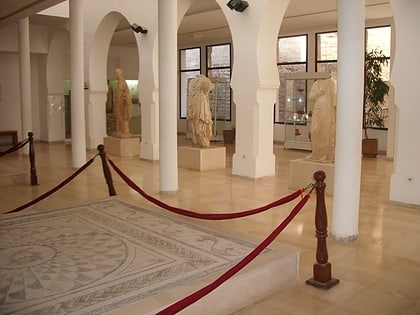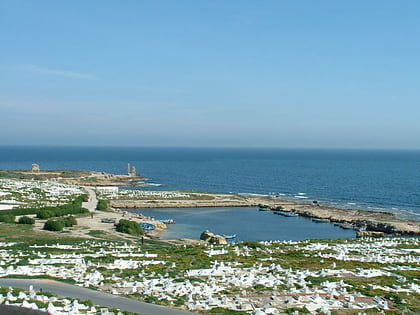Great Mosque of Mahdiya, Mahdia
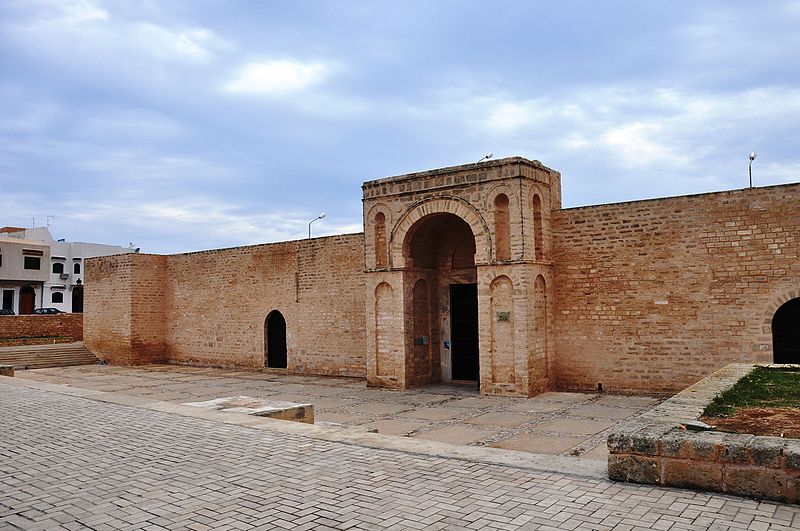
Facts and practical information
The Great Mosque of Mahdiya, an emblematic structure nestled in the coastal city of Mahdia, Tunisia, stands as a testament to the rich Islamic history of the region. Founded in 916 AD by the Fatimid dynasty, this mosque is not only a place of worship but also a symbol of architectural prowess from the Islamic Golden Age.
Despite its age, the Great Mosque of Mahdiya has been remarkably preserved, allowing visitors to step back in time and experience the serene atmosphere of a bygone era. The mosque's design is characterized by its simplicity and harmonious proportions, a hallmark of Fatimid architecture. The prayer hall, with its rows of arches and columns, invites a sense of tranquility and reflection.
One of the most striking features of the Great Mosque is its minaret, which is believed to be the oldest surviving example of a square minaret in the Islamic world. This minaret not only served as a visual focal point for the city but also functioned as a call to prayer for the faithful.
The mosque is not just a spiritual hub for Muslims; it is also a significant cultural landmark that attracts scholars and tourists alike. Its historical importance is underscored by the fact that it was once part of a larger complex that included the now-ruined Palace of the Fatimids, which served as the capital of their empire.
Visitors to the Great Mosque of Mahdiya can explore the site year-round, absorbing the ambiance of a place that has been a center for spirituality and learning for over a millennium. The mosque, still in use today, continues to be a beacon of Islamic tradition and culture in Tunisia.
Great Mosque of Mahdiya – popular in the area (distance from the attraction)
Nearby attractions include: Mahdia Museum, Mahdia Marine Cemetery.
